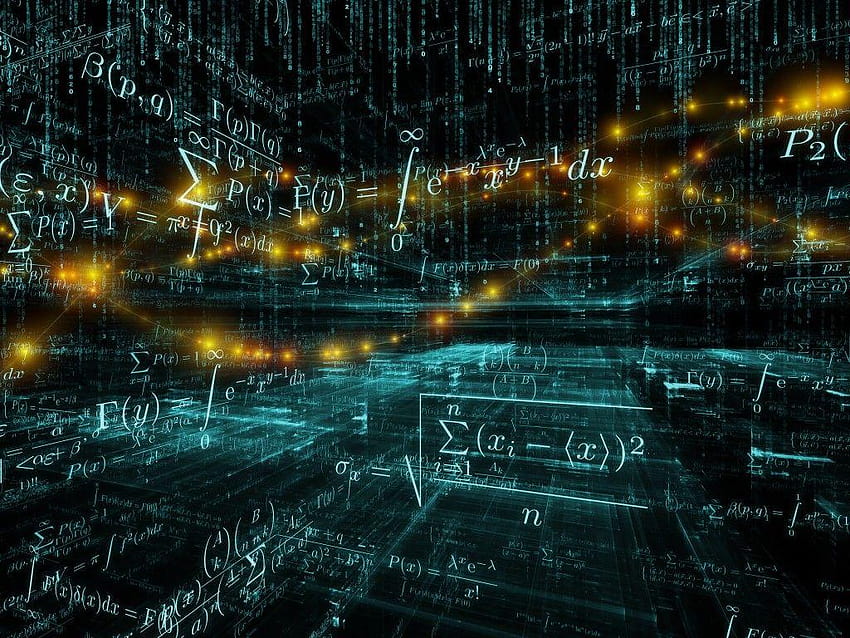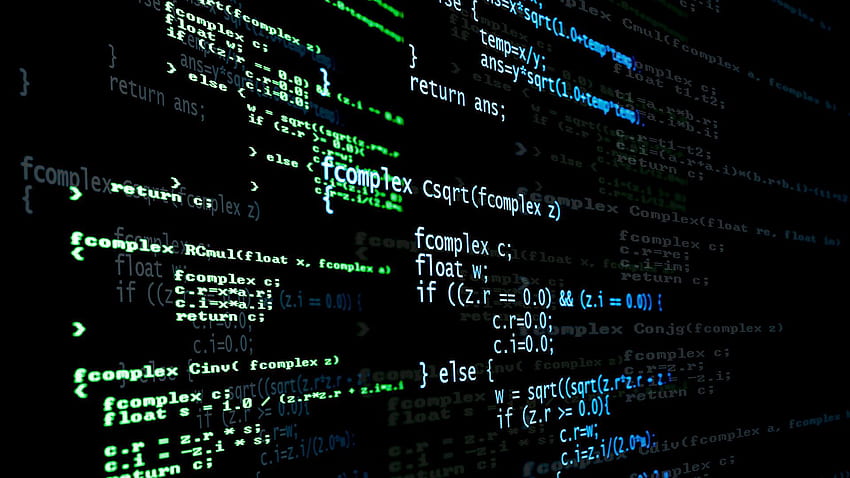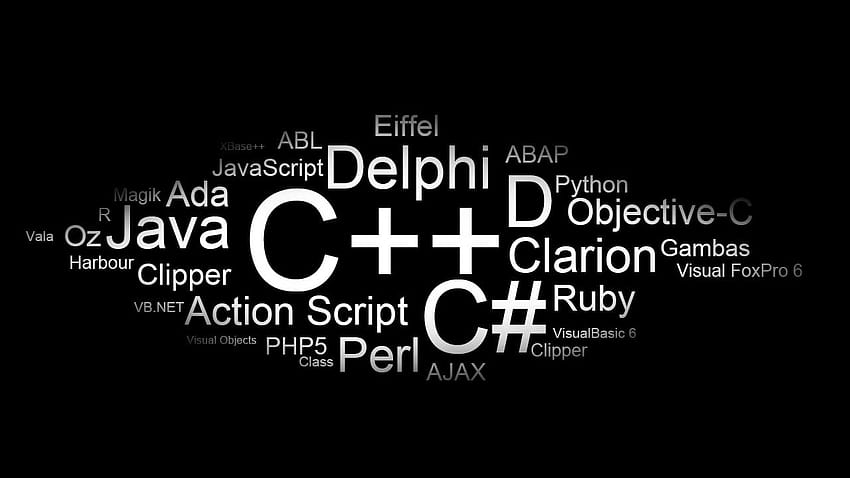Algorithms and programs are two fundamental concepts in the world of computer science. Although they are related, many people use the terms interchangeably which can lead to confusion.
So, what is the difference between algorithm and program? Some factors that can distinguish these two terms include uses, size, features, structure, language, and IP protection.
This post will provide you with detailed comparisons between algorithm and program. Now, let’s read on to discover!
What is an Algorithm?
An algorithm is a specific set of step-by-step procedures for solving a particular problem or performing a calculation. Developers can apply algorithms in many areas of computer science, including search engines and machine learning.
Algorithms have several key characteristics. They must be precise, unambiguous, and have a finite number of steps. They should also be algorithmic, meaning they should work for any input that fits their requirements.
Another critical characteristic of algorithms is that they should solve a problem. They should be efficient and not waste time on unnecessary steps. Examples of algorithms include binary search, bubble sort, and quicksort.

What is a Program?
A program is a set of instructions. A computer will follow the instructions to accomplish a task or function. Programmers can write a program in many programming languages, such as Python, JavaScript, C++, and more.
They are executable for computers and typically comprise many algorithms and procedures. Programs have several key characteristics. They must be efficient and scalable. They should solve a specific problem or set of problems.
In addition, programs should be easy to understand and modify. Therefore, developers can update them when needed. Some examples of programs include:
- Operating systems
- Web browsers
- Video games

Key Differences
Algorithms and programs are two important concepts in computer science and software development. Therefore, it is important to set two terms apart.
Here are the main differences between an algorithm and a program:
1. Uses
Algorithms have applications, especially in computer science and mathematics. One example is in data analysis. Algorithms allow developers to process and analyze large amounts of data quickly and efficiently.
Other applications of algorithms include image and speech recognition, finance, and genetic sequencing.
Programmers use programs to create software applications, games, and other tools that users can interact with. They also use programs to automate tasks like data entry or report generation.
They can use programs in many different industries and for various purposes, such as businesses, education, healthcare, and entertainment.
2. Size
The amount of data an algorithm or program can store depends on several factors, such as the programming language, the data structures used, and the available memory in the system.
The size of data storage units of an algorithm is from Kilo Bytes (Kb) to MegaBytes (Mb). A program’s data storage unit measurement is Kilo Bytes (Kb).
3. Features
The key features of algorithms include:
- Accuracy: Algorithms must produce the correct output for a given input without fail.
- Finiteness: Algorithms must eventually terminate, producing a solution or output.
- Efficiency: Algorithms should solve problems in a timely and efficient manner. Hence, minimize the use of resources.
The key features of programs include:
- Functionality: Programs perform a specific function or solve a particular problem.
- User Interface: Programs must have an interface allowing end-users to interact with the software.
- Efficiency: Programs should minimize the use of resources and maximize performance.
- Maintainability: Programs should be easy to maintain and update to fix bugs or improve functionality.
4. Structure
The structure of an algorithm consists of three fundamental building blocks: sequencing, selection, and iteration. Meanwhile, programs are written in programming languages and usually have a more complex structure.
A program is a combination of statements, expressions, functions, and other constructs. These elements enable a program to handle large amounts of data and perform complex tasks. While only humans can execute algorithms, programs are executable for computers.
5. Language

In terms of language, the major difference between an algorithm and a program is that developers can express an algorithm in many ways and in languages.
Meanwhile, a program always uses a specific programming language with its own set of rules and syntax.
6. IP Protection
Algorithms, as abstract ideas, are generally not patentable but may be under the protection of copyright or trade secret law.
Programs, as tangible expressions of an opinion, may be under the protection of copyright law and are eligible for patent protection under certain conditions.
It is essential to consult with an IP attorney to determine the appropriate protections for algorithms and programs in a given situation.
FAQs
Is Any Algorithm a Program?
No. However, a program can be an implementation of one or more algorithms. Developers can implement an algorithm using various programming languages.
What Comes First, Algorithm or Program?
Well, the algorithm always comes first. Algorithms are the foundation of programming. They are the blueprint for solving a problem. Besides, they provide a clear and systematic way to approach a task.
Before writing any code, programmers must develop an algorithm that outlines the steps needed. This algorithm then serves as the basis for the program.
Programs are the concrete implementation of algorithms. While algorithms are abstract, programs are tangible and can run on a computer.
After developing an algorithm, programmers can build the program by translating the algorithm into code.
Can I Learn Algorithms Before Programming?
It is possible to learn algorithms before programming. However, it is not the most effective learning method.
Before delving into algorithms, you should learn a programming language first and understand the basic programming concepts. Understanding the basics first can give you the context to apply the concepts when learning algorithms.
Conclusion
In conclusion, the main differences between algorithms and programs are their uses, size, features, structure, language, and IP protection.
Understanding the differences between algorithms and programs is crucial in these fields of computer science, programming, and software development.
Hopefully, this comparison can help you distinguish between algorithms and programs. Therefore, you will know when to use an algorithm versus when to use a program. Thank you for reading!
